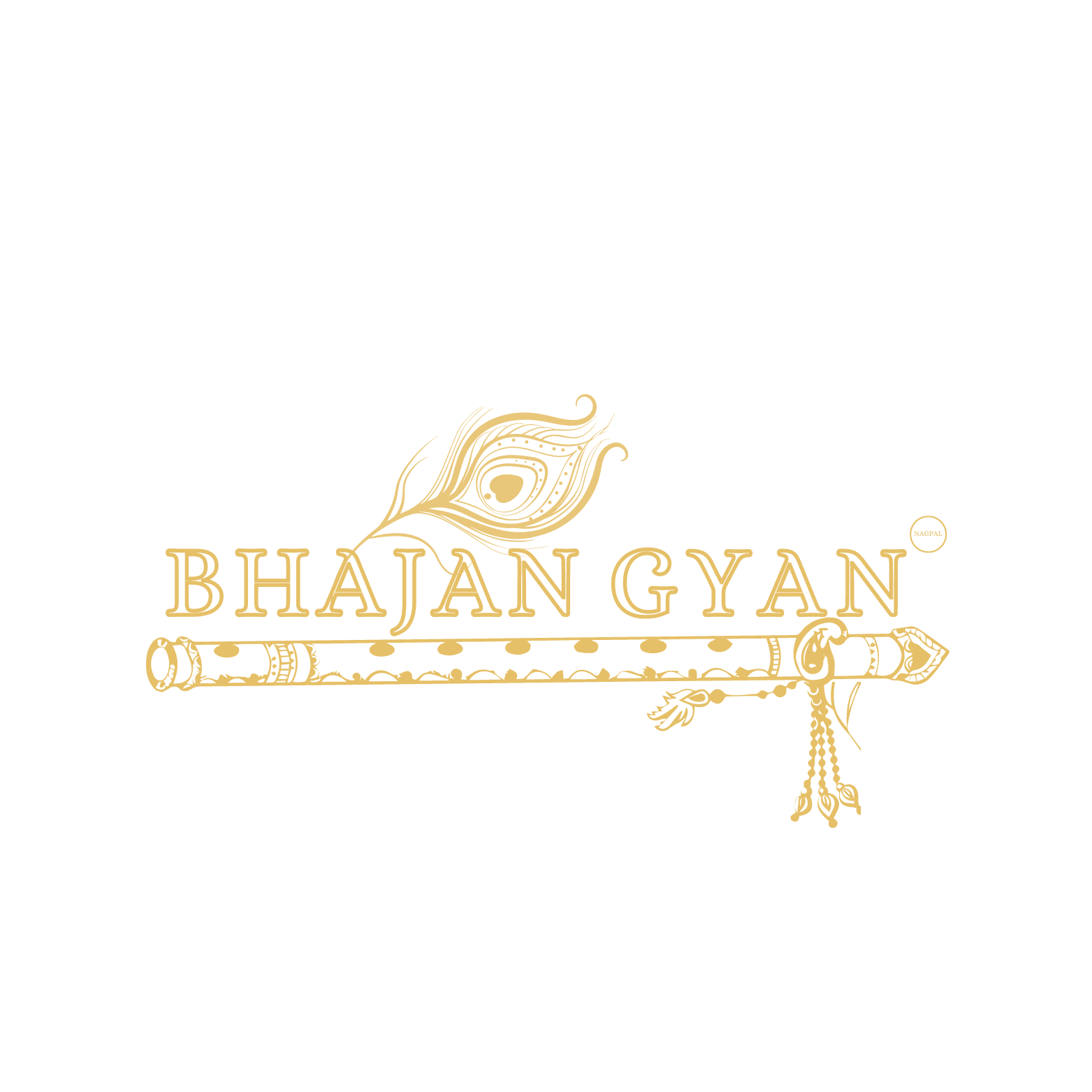Course Content
Introduction to Programming:- Unit: 1
-
Introduction to components of a computer system (disks, memory, processor, where a program is stored and executed, operating system, compilers etc.).
01:01:28 -
Idea of Algorithm: steps to solve logical and numerical problems.
23:12 -
Representation of Algorithm: Flowchart/Pseudocode with examples. From algorithms to programs; source code, variables (with data types) variables and memory locations
22:39 -
Syntax and Logical Errors in compilation, object and executable code
10:21
Arithmetic Expressions and Precedence: Unit 1
Arrays: Unit :- 2
Basic Algorithms:- Unit:- 2
Function: Unit:- 3
Recursion: Unit:- 3
Structure:- Unit : 4
Pointers:- Unit: 4
File Handling: Unit : 4
Student Ratings & Reviews

No Review Yet
